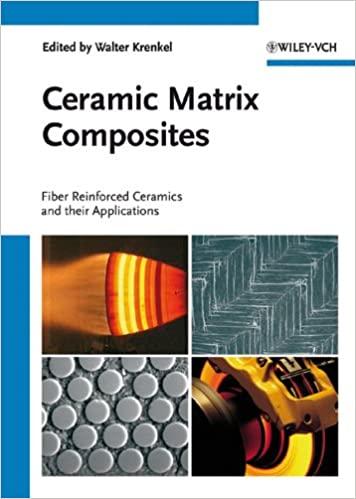Answered step by step
Verified Expert Solution
Question
1 Approved Answer
Methanol ( CH 3 OH ) is produced by the reaction of carbon dioxide ( CO 2 ) and hydrogen ( H 2 ) .
Methanol CHOH is produced by the reaction of carbon dioxide CO and
hydrogen H The feed to the reactor is made up of by volume CO and
by volume H where a fractional conversion of the hydrogen of is
achieved. The product gas consisting of methanol and water, and unreacted
hydrogen and carbon dioxide is passed to a condenser which separates the
products of the reaction from the unreacted gases.
a Write down a balanced stoichiometric equation for the above reaction.
b Prepare a neat process flow diagram and fill in all of the knownunknown
flow rates and compositions.
c Conduct a DegreeofFreedom analysis on the reactor, condenser
and overall process and show that it is necessary to specify one other
process variable to allow you to balance the PFD
d Assuming a basis of molh feed to the reactor determine the flow
rates and compositions of all streams in the process.
e Express the composition of the exit gas stream from the reactor in
mass fractions.
f The single pass mode of operation is very wasteful of the feed
gases. If the exit gas from the condenser is recycled and mixed with a
fresh feed stream such that the reactor feed stream remains unchanged,
determine the molar flow rate and composition of the fresh feed to the
process.
g What modification to the process described in f would be required if the
input stream contained by volume of an inert gas.
h If it is required to design a process to produce kmolh of methanol
what quantity of fresh feed gas would be required.
Step by Step Solution
There are 3 Steps involved in it
Step: 1

Get Instant Access to Expert-Tailored Solutions
See step-by-step solutions with expert insights and AI powered tools for academic success
Step: 2

Step: 3

Ace Your Homework with AI
Get the answers you need in no time with our AI-driven, step-by-step assistance
Get Started


